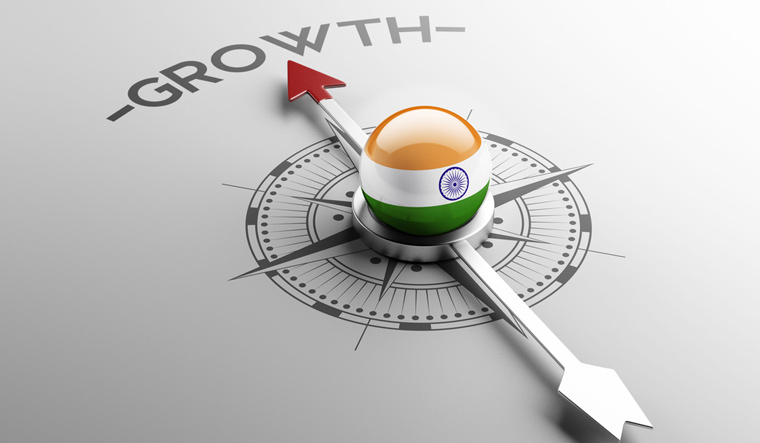
By Administrator_ India
The central bank, in its annual report, has issued caution over the meteoric rise in stock prices at a time when the country’s GDP has contracted.
India’s benchmark indices have more than doubled from the post-pandemic lows made in March 2020. Several individual companies have seen a multi-fold jump in their stock prices. This, even as the economy has headed south.
Not just India, almost all global markets have seen a sharp rebound in their benchmark indices since March last year underpinned by aggressive stimulus measures.
The central bank has quoted research work that highlights factors influencing the stock market. These include economic growth, inflation and money supply.
“The stock price index is mainly driven by money supply and foreign portfolio investor investments. Economic prospects also contribute to movement in the stock market, but the impact is relatively less compared to money supply and FPI,” RBI observed citing an autoregressive distributed lag (ARDL) model, which considers factors such as Sensex movement, economic outlook, and FPI flows.
In 2020-21, domestic equity received the highest-ever FPI inflows at Rs 2.74 trillion ($37 billion). The previous record for highest-ever FPI flows for a financial year was in FY13, when overseas investors had pumped in Rs 1.4 trillion ($25.8 billion), as per data provided by NSDL.









